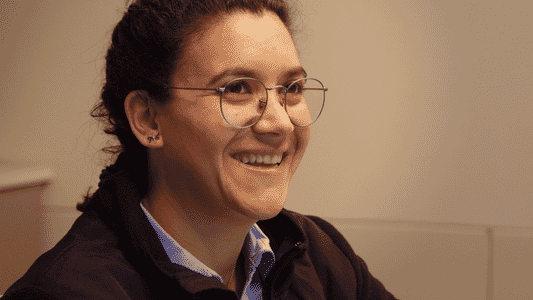This paper demonstrates how convolutional neural networks (CNNs) have the potential to classify abnormal froth conditions and maintain the efficiency of the flotation process.
- Utilising advanced camera systems to measure the velocity of froth in flotation cells can be useful in stabilisation of mass-pull rates between cells.
- This paper details the training and implementation of CNNs to identify ‘boiling’ conditions.
- Results from using CNNs demonstrates their potential to classify abnormal froth conditions and be integrated into multi-variable advanced control of complex systems.
Many flotation processes are not well instrumented, with unmeasured disturbances including water addition rates and the addition of certain reagents adding to the complexity. These measured- and unmeasured disturbances, combined with the lack of a real-time measurement of grade- and recovery from each flotation cell, provides for a challenging control environment.
Advances in disturbance mitigation can be of great benefit. Utilising advanced camera systems to measure the velocity of froth in flotation cells can be useful in stabilisation of mass-pull rates between cells.
This paper details the training and implementation of convolutional neural network (CNN) architectures. These conditions are disruptive disturbances to flotation camera vector calculations that need to be detected and corrected to maintain stable control.
The CNN models developed in this paper were trained on 21,184 images of boiling and non-boiling flotation cell conditions taken from an operating camera control system and achieved an f1 accuracy of 94% on 5296 unseen test images.
The methodology of how this system could be integrated with an existing control environment is discussed along with the benefits to stability that it can provide by identifying these conditions. The shortcomings of the system on real-time data and the improvements that could be made to ensure a robust and deployable system as a final solution are also discussed.



.png?h=300)

